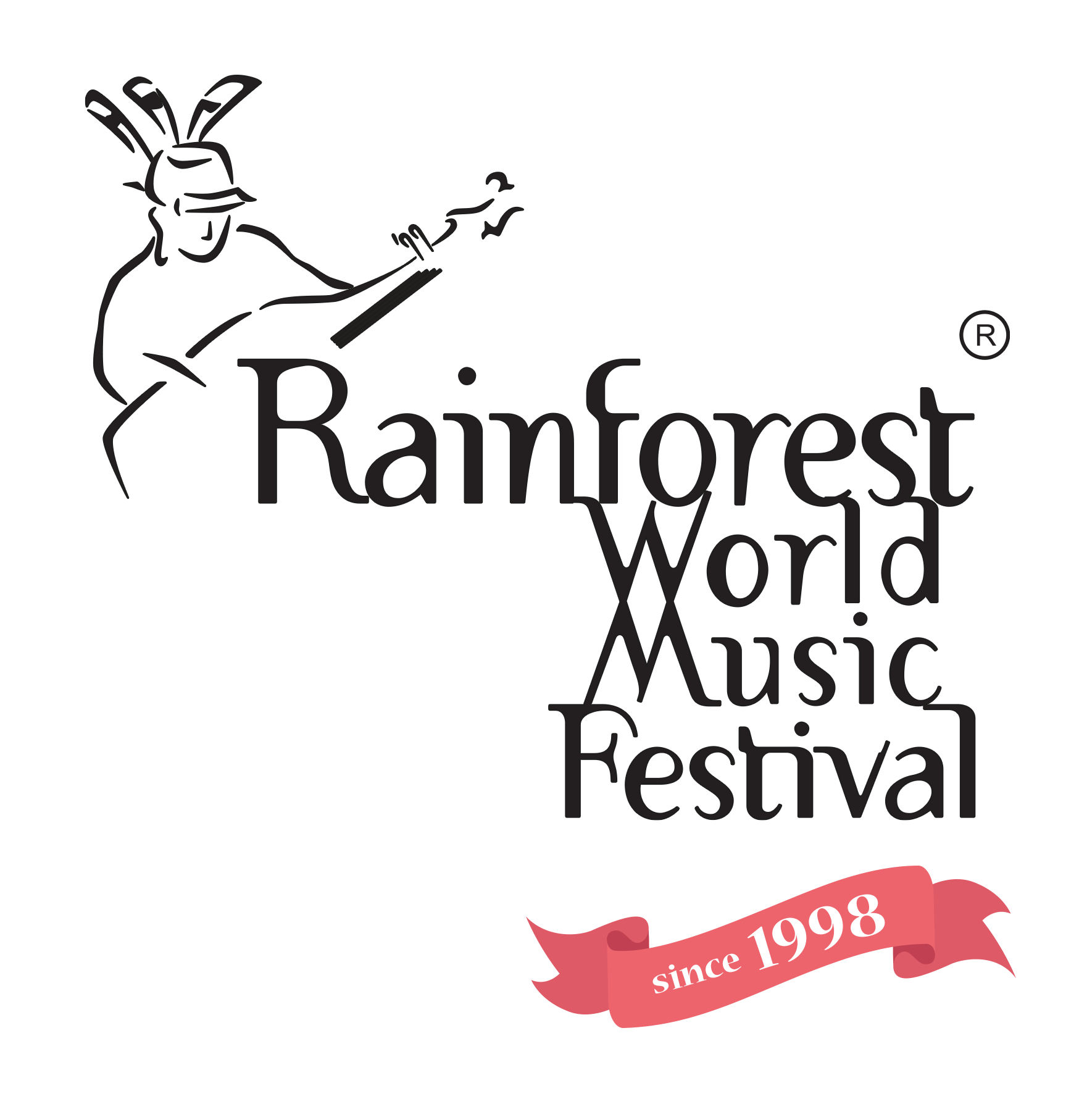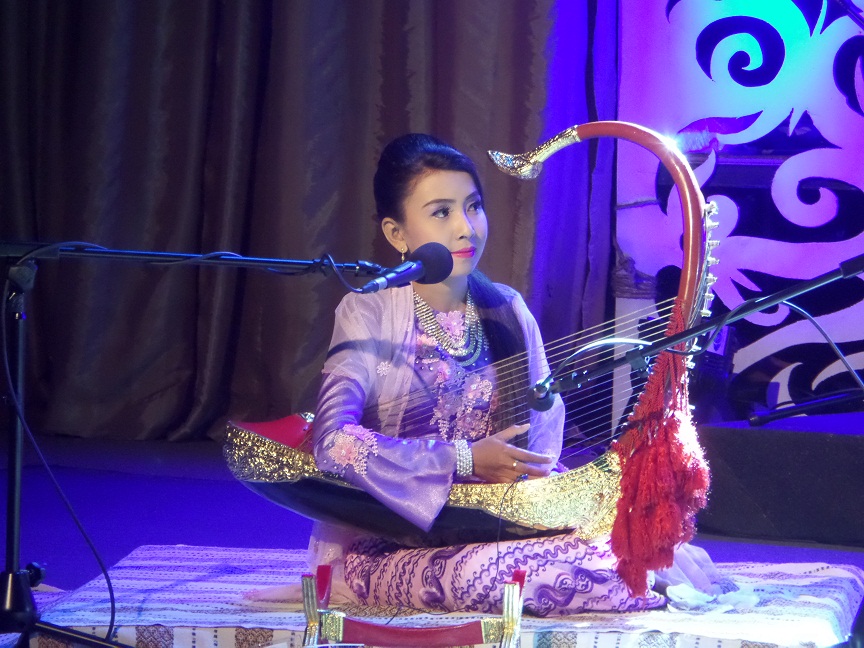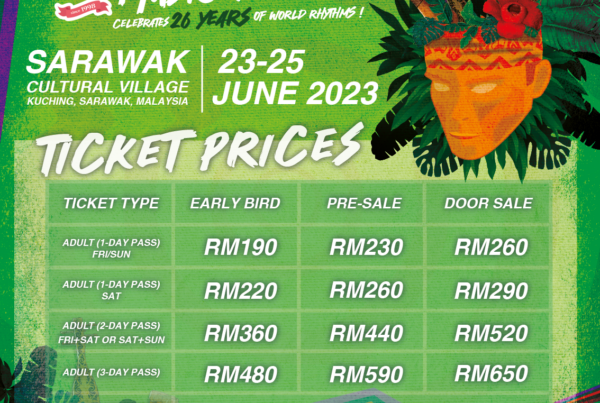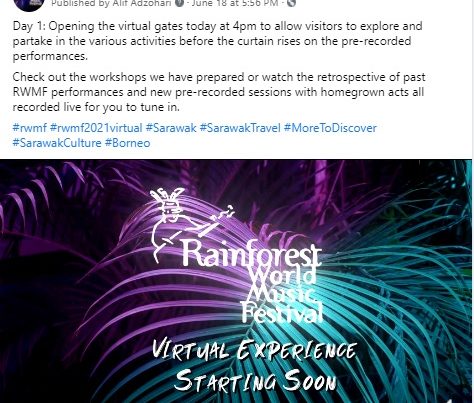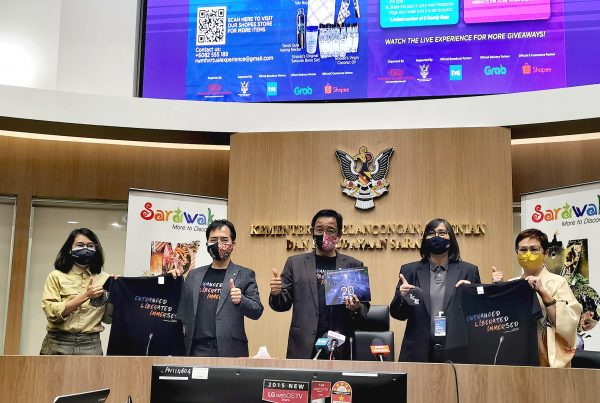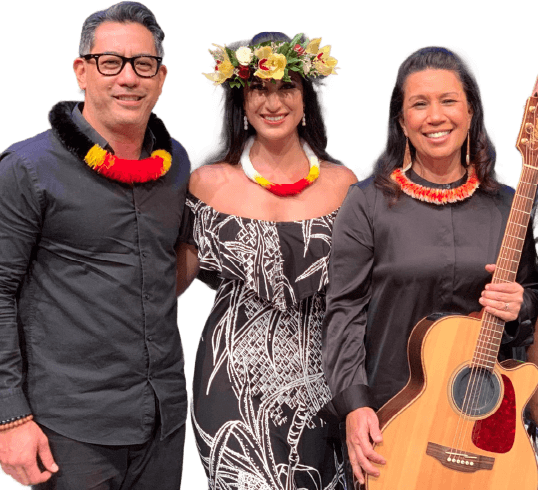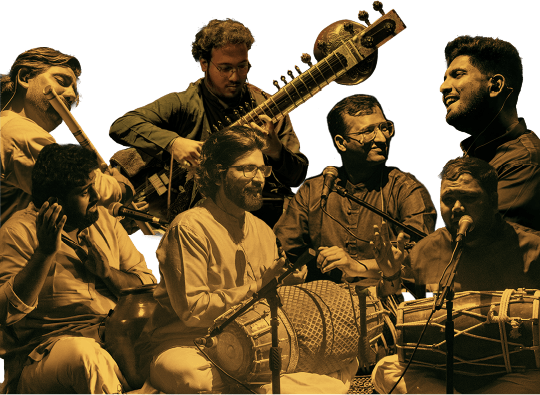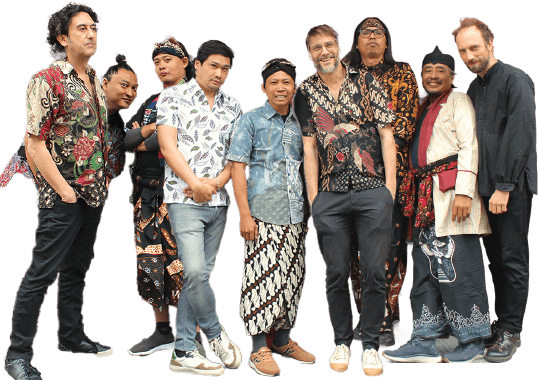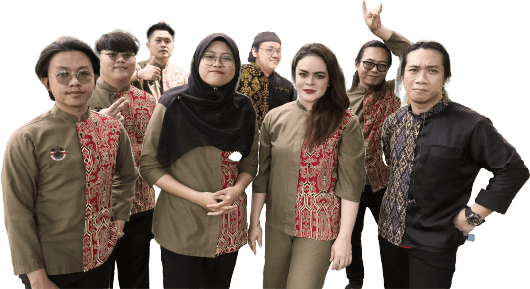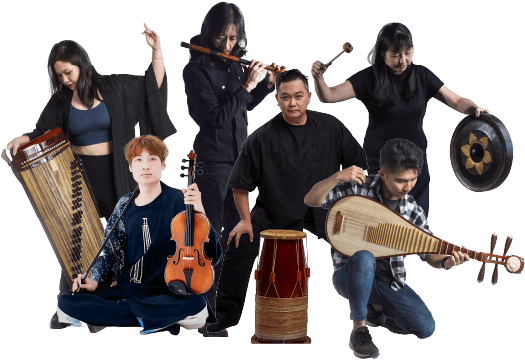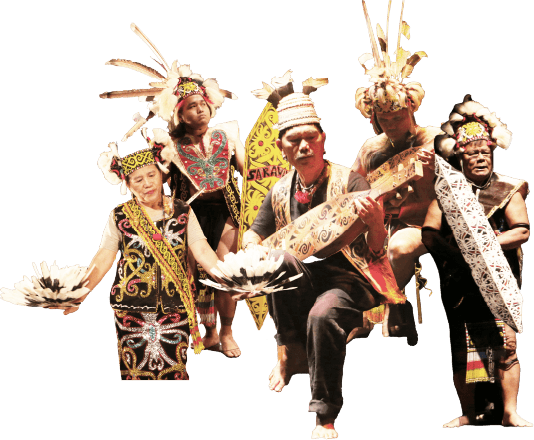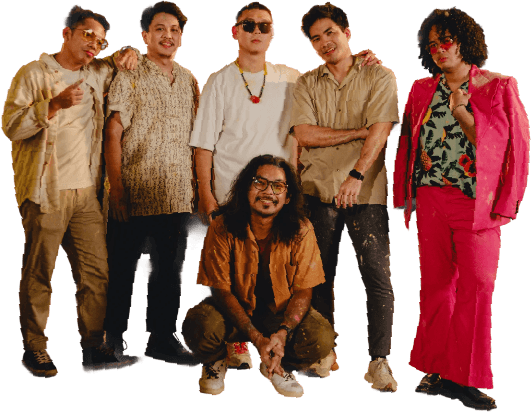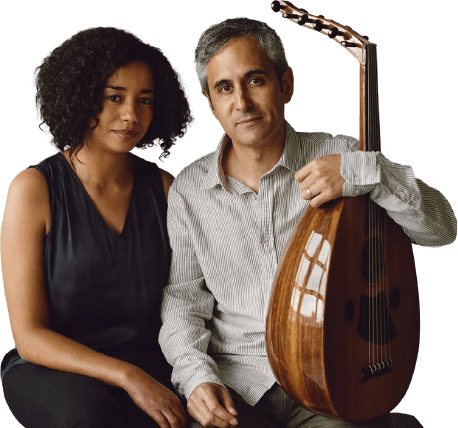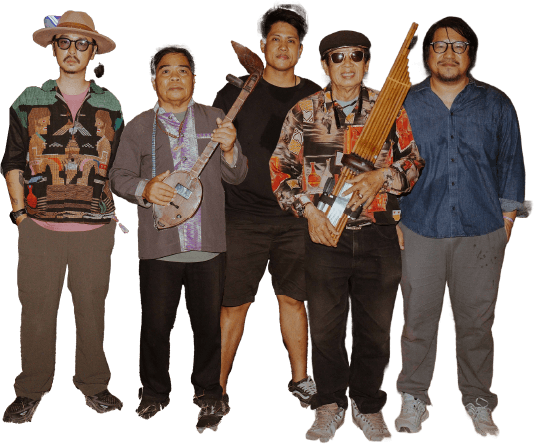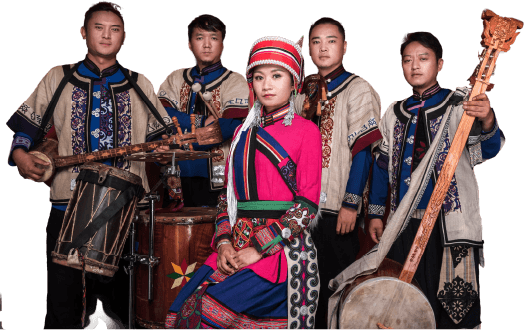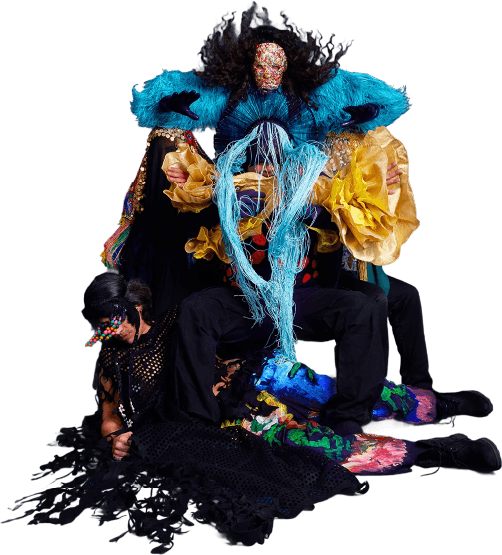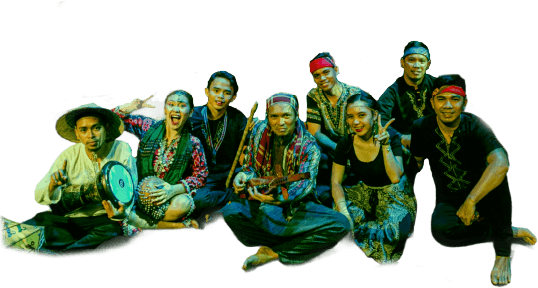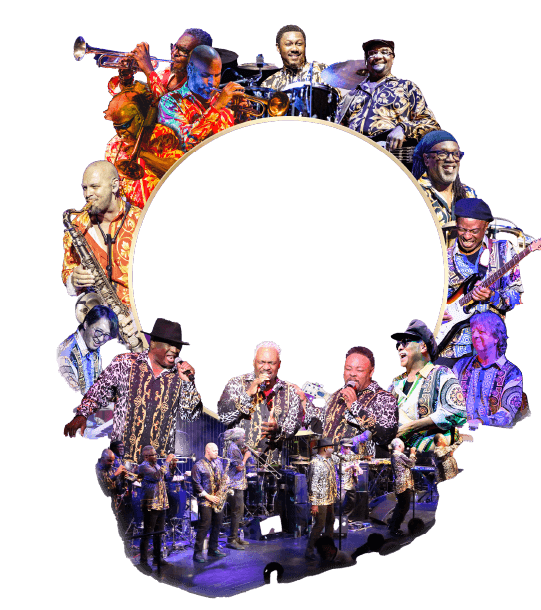Each year, the bands show how they preserve their local cultures and indigenous instruments, many of which have never been seen much outside their home countries. The musicians interpret their cultures for modern times, and the festival also brings them together in interactive workshops and jam sessions.
There were yoga sessions, food festival, and a craft fair as well this year. The audience as usual showcased their own creativity through tattoos, costumes and T-shirts.
In a world of increasing conflict and tension, RWMF sends out strong messages of unity with diversity, creativity along with camaraderie. Join us in this photo essay as we sample some of the creative highlights of RWMF 2017!
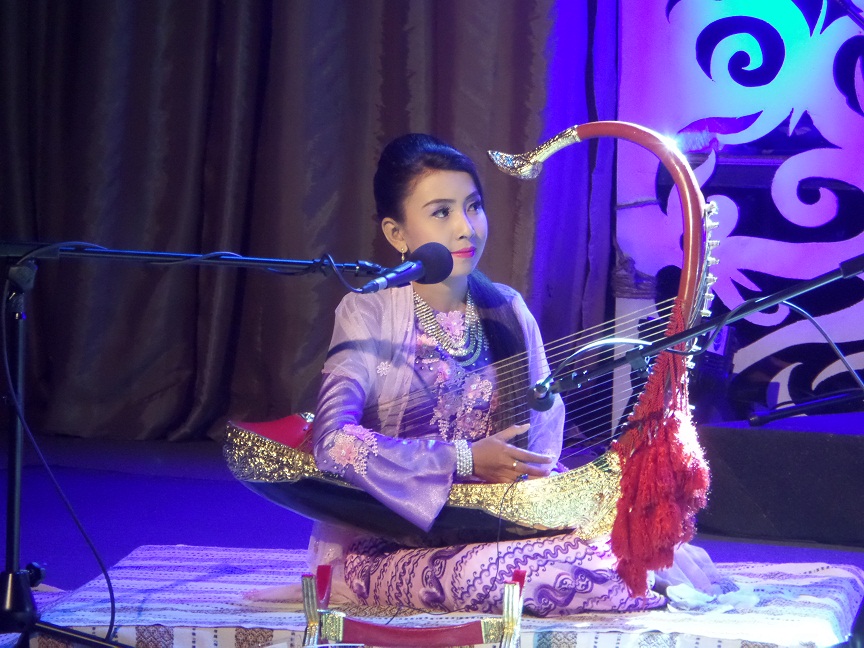
How much do we know about our neighbouring country? Here’s the Saing Waing Orchestra from Myanmar, featuring the 13-stringed Burmese harp (accompanied by a range of percussion instruments).

Welsh group Calan played a number of traditional instruments including the pigborn, a pipe made from a cow horn.

Finnish group Okra Playground showcased some of their traditional instruments, such as this kantele, a plucked string instrument in the cordophone family.

Here’s gypsy group Romengo from Budapest, featuring a range of improvised percussion instruments such as a milk-can as well as this wooden trough used for washing clothes and even babies!

The group Pareaso from South Korea took part in a number of jam sessions with some of their string instruments such as the geomungo, a six-string zither played with a short bamboo stick.

The Sarawak Cultural Village, the venue of RWMF, has a number of halls for conducting music and dance workshops, including this room with a collection of string instruments from around the world.

The group Chipolatas, with members from the UK and Australia, had a lot of fun showing unusual ways of playing instruments – such as two people playing the banjo together.

The sape string instrument from Sarawak in Malaysia is traditionally not played by women – but here’s the six-member all-women band Ilu Leto carving out new territory. At the same time, the group keeps alive the traditional music of the Iban, Kelabit and Kenyah tribes.

Audience time: A great feature of RWMF is the afternoon workshops, where musicians from around the world describe how they play their instruments such as this marimba from Africa – and let the audience try them out as well.

Some of the workshops also dig into traditional folk dances, such as this one on bhangra by the UK-Indian band Achanak.

Each evening at RWMF featured a drum circle conducted by 1Drum.org, and let the audience become the centre of the show by trying out a range of percussion instruments.

Music and spirit: The activity lineup this year at RWMF expanded to include yoga workshops in addition to afternoon and evening musical performances.

Participatory art: A doodle wall let audience members, including children, try their hand at drawing and writing creative messages for all to see.

Heritage at work: Festival visitors could also learn how to make indigenous instruments such as the sape of Sarawak, Malaysia.

Hashtag hero: In keeping with the age of social media, RWMF 2017 was promoted across town with this hashtag.

Unforgettable grand finale: Day Three of RWMF 2017 ended with six hours of music – as well as six hours of equatorial rain. But even that did not keep die-hard fans from celebrating right till the end, and beyond.
We look forward to the 2018 edition of RWMF already – thanks to all the organisers, musicians, volunteers, sponsors and bartenders!



